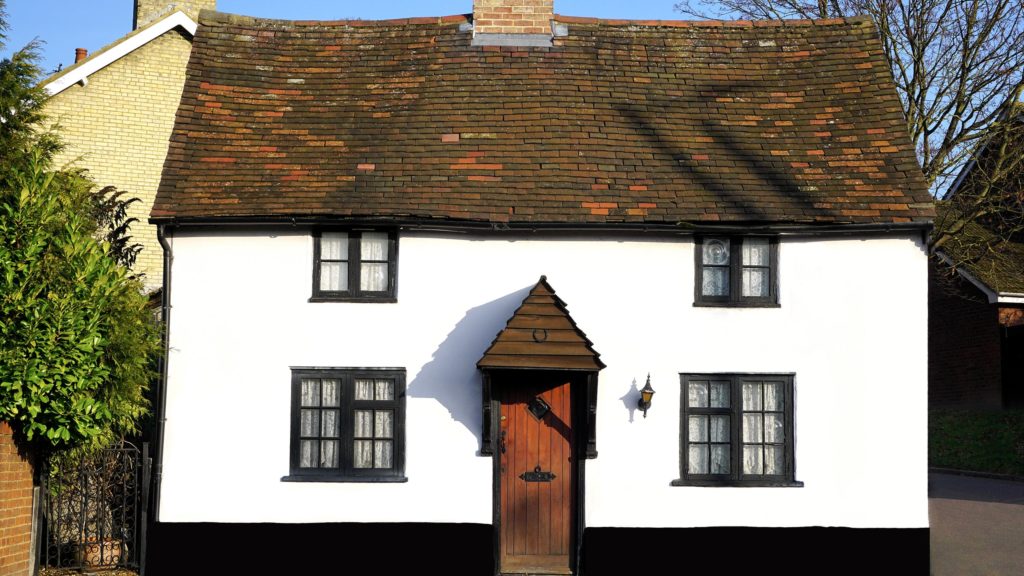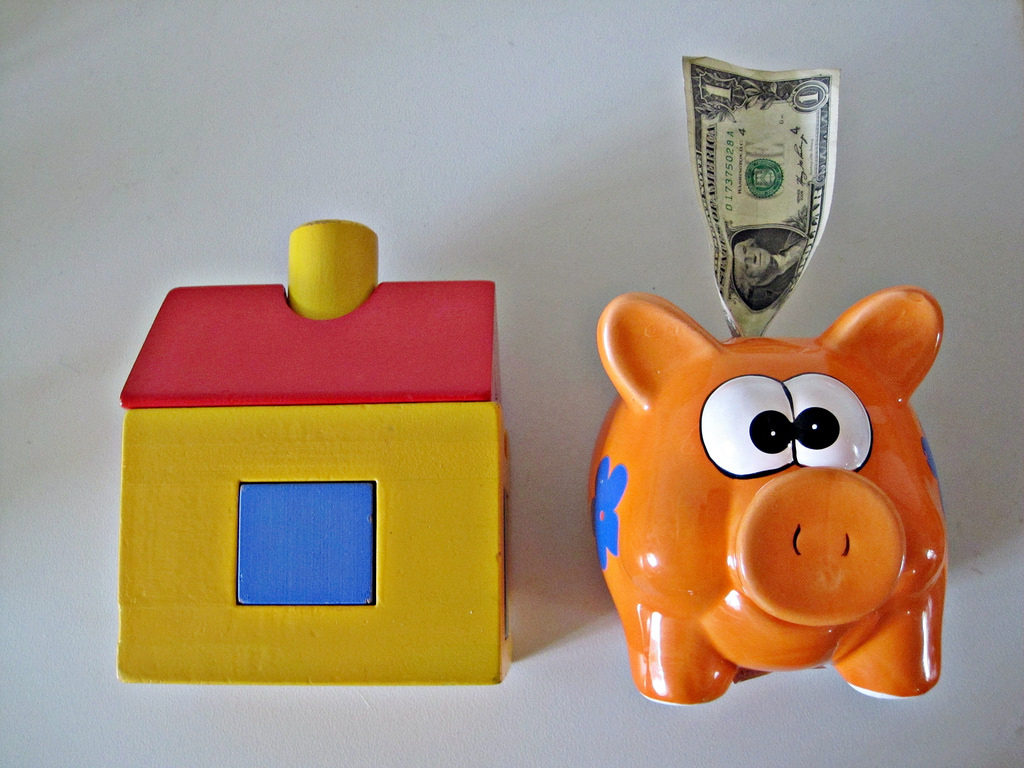
Flipping a house seems easy when it is packed into a half hour tv episode. The thing is, it’s not always as easy as it looks. Learn how to flip a house here.
If you’ve been looking into how to flip a house, you’re not alone. The house flipping market is experiencing an upswing–with all the associated opportunities and risk.
Here, we’re breaking down the process of flipping a house, including what to look for in a potential house and what you need to get started.
What is House Flipping?
First things first: what is house flipping?
House flipping is basically buying a house or property so that you can renovate it to sell for profit. Usually, you do this by buying a property that needs fixing up, preferably as quickly as possible. This allows you to renovate it and sell the property for a higher price than you paid.
Sounds simple, right?
There are more logistics involved than you might think.
What You Need to Get Started
First, let’s talk about what you need to flip a house.
You’re going to need three basic foundations:
- An excellent credit score
- Cash
- A solid working knowledge of the real estate market
You’ll need the credit score to get approved for a home loan, especially if you’re committing to a high-risk flip. You’ll need the cash for a down payment on the house–this way, you won’t have to pay for private mortgage insurance on your second mortgage.
If you have the first two but not the third, take the time to learn the real estate market. If you invest in a house you can’t sell quickly, you’ll be tied up paying the second mortgage, which means you’ll lose more money on the house over time.
How to Spot a House
Part of the art of flipping houses involves the fine art of spotting a house. In fact, it doesn’t do you much good to figure out how to flip a house if you can’t spot a house worth flipping.
There are a few qualities to look for in a potential flip:
- Good bones (and structural soundness)
- Good location
- Livable conditions
- Visible character
Good bones and structural integrity seem obvious, but it pays to make sure the house is sound.
Otherwise, you’re going to sink too much money to make the house worth it.
If you plan on living in the house while renovating it, you should make sure it’s livable. We’re talking functional kitchen and bathrooms, functional plumbing, working gas, and working electricity.
How to Flip a House
And now, the fun part: how to flip a house.
Once you get the hang of flipping a house, the process can be fairly quick–especially if you have an eye for good investments. Here, we’ll walk you through the whole process step-by-step.
It all starts with finding the right house.
Find a Great Deal
The first step is finding the right market. A good place to start is researching potential neighborhoods and driving around to get a feel for the area.
Choosing a neighborhood that will work is tricky. You want to invest in an up-and-coming neighborhood where people are looking to move, but you also have to be careful not to waste money on a neighborhood that won’t pay off.
If you need somewhere to start, take a look at these great cities for house flippers.
Look for a property with attractive extras, like a walkable neighborhood, nearby shopping, or closeness to public transportation (if you’re in a city).
If the neighborhood has a lot of competition and the house has been on the market for a while, take a pass.
Once you have a few potential deals, do your homework, just like you would for any home purchase.
The Offer
If you ignore everything else, remember this: do not under any circumstances go over budget. Especially if you’re just making an offer on a property.
You don’t know how many additional costs will come up in the process of renovating or what issues will appear in a home inspection (pro tip: don’t skip the inspection).
Once you know what you’re willing to spend and whether the house is worth the investment, make the offer.
Once the real estate agent accepts, then the work really begins.
Where to Spend and Where to Save
The real work begins when you start renovating a house. So do the real costs.
Before you go nuts on kitchen design at RTA Depot, know where you should spend and where you should save.
It depends on the house and the neighborhood in question. In some areas, you can’t get away with anything less than real hardwood floors. In others, you can get away with cheaper materials.
Your bottom line: don’t ever use a material you wouldn’t be happy to see in your own home. Or a material below the quality you would accept in your own home. If you wouldn’t accept it, a buyer won’t accept it either.
It helps to know what rooms you’re prioritizing. Kitchens and master bedrooms are great examples.
Give splurges primarily to your priority rooms, and have a budget in mind.
Need somewhere to start with the renovation? Check out this home renovation 101 post about installing a heat pump.
Finishing the Job and Selling the House
When the house is done, it’s time to put a bow on it.
The trick is to set a reasonable price for the area. You want to make a profit, but you don’t want to price yourself out of the market.
Then, you’re on the fun part: helping a family’s dreams come true in their new house. This is the payoff–don’t forget to enjoy it!
Live Rich (Even if You Aren’t Rich)
Learn how to live a little richer, whether you’re figuring out how to flip a house or improving on the house you already have.
For more DIYs, check out the DIY archives.


